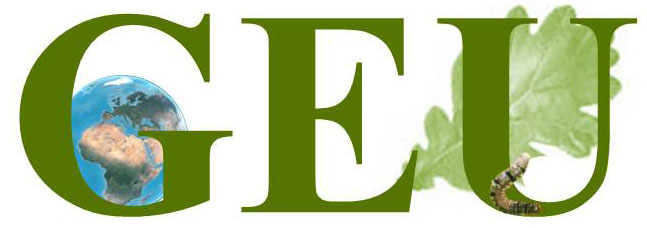
As air temperature rises, the phenological cycle of Northern Hemisphere (NH) ecosystems is shifting progressively towards earlier leaf emergence and delayed leaf senescence, which leads to rapid lengthening of the active growing season.
Vegetation biophysics have long been recognized as a key regulator of seasonal air temperature climatology. For example, in early spring, the rate of air temperature increase rapidly decreases after leaf unfolding (typically for deciduous forests) due to increased transpiration after leaf-out that can effectively cool the leaf surface.
In a new study published in the journal Nature Communications, authors go into the critical role of plants in local temperature seasonality suggesting that greening will alter the seasonality of NH warming at annual to decadal timescales.
According to the study, vegetation greening also affects climate by interacting with other land-surface (e.g., snow or soil moisture) and atmospheric (e.g., water vapor, cloud, and circulation) processes the effects of which vary both geographically and seasonally. Thus, seasonal greening of Northern Hemisphere (NH) ecosystems, due to extended growing periods and enhanced photosynthetic activity, could modify near-surface warming by perturbing land-atmosphere energy exchanges, yet this biophysical control on warming seasonality is underexplored.
“We show that summer greening effectively dampens NH warming by −0.15 ± 0.03 °C for 1982–2014 due to enhanced evapotranspiration. However, greening generates weak temperature changes in spring (+0.02 ± 0.06 °C) and autumn (−0.05 ± 0.05 °C), because the evaporative cooling is counterbalanced by radiative warming from albedo and water vapor feedbacks. Moreover, greening-triggered energy imbalance is propagated forward by atmospheric circulation to subsequent seasons and causes sizable time-lagged climate effects. Overall, greening makes winter warmer and summer cooler, attenuating the seasonal amplitude of NH temperature” explains Dr. Xu Lian from the Sino-French Institute for Earth System Science, College of Urban and Environmental Sciences, Peking University, Beijing, China.
Thus, the study highlights the need to better understand these biophysical processes operating both within and across seasons so that their potential time-lagged climate benefits and/or counterproductive consequences will not be overlooked.
“These findings demonstrate complex tradeoffs and linkages of vegetation-climate feedbacks among seasons and highlights the need to better understand these biophysical processes operating both within and across seasons so that their potential time-lagged climate benefits and/or counterproductive consequences will not be overlooked”, concludes Prof. Josep Penuelas from CREAF-CSIC Barcelona, who adds: “The regulatory role of greening on seasonal climate also has implications for adaptation planning and decision-making, as greening is now increasingly shaped by human land-use practices such as afforestation and reforestation”.
Reference: Lian, X., Jeong, S., Park, C-E., Xu, H., Li, L.Z.X., Wang, T., Gentine, P., Peñuelas, J., Piao, S. 2022. Biophysical impacts of northern vegetation changes on seasonal warming patterns. Nature Communications (2022) 13:3925. Doi: 10.1038/s41467-022-31671-z.
